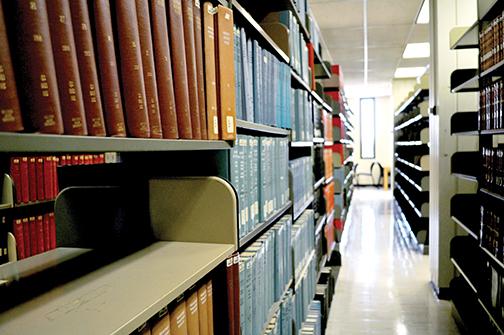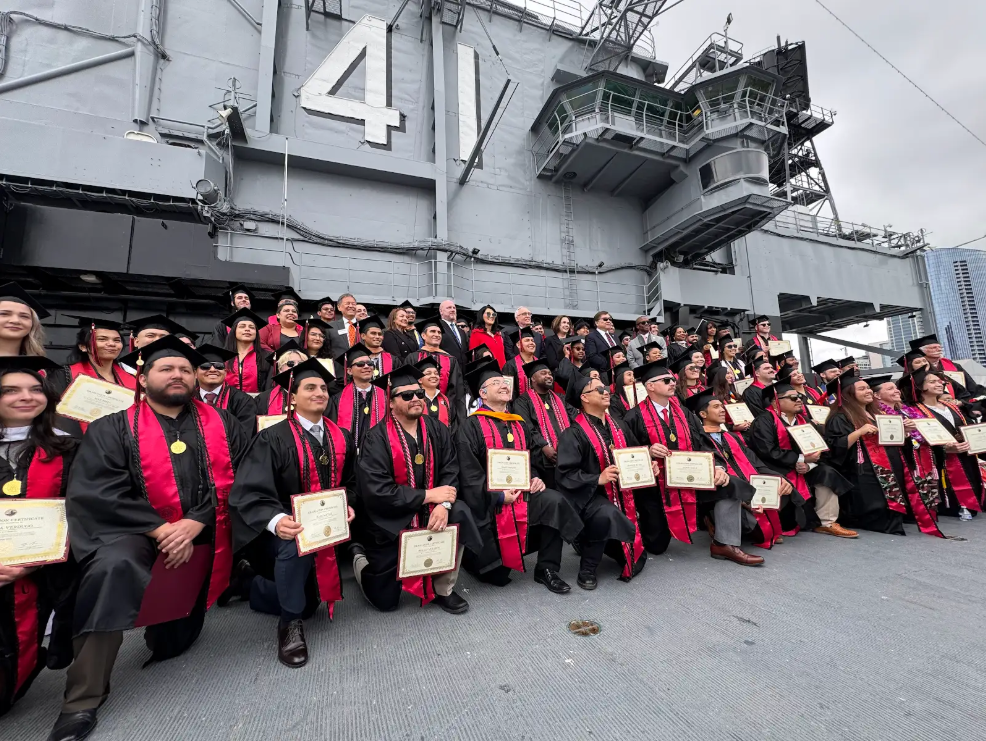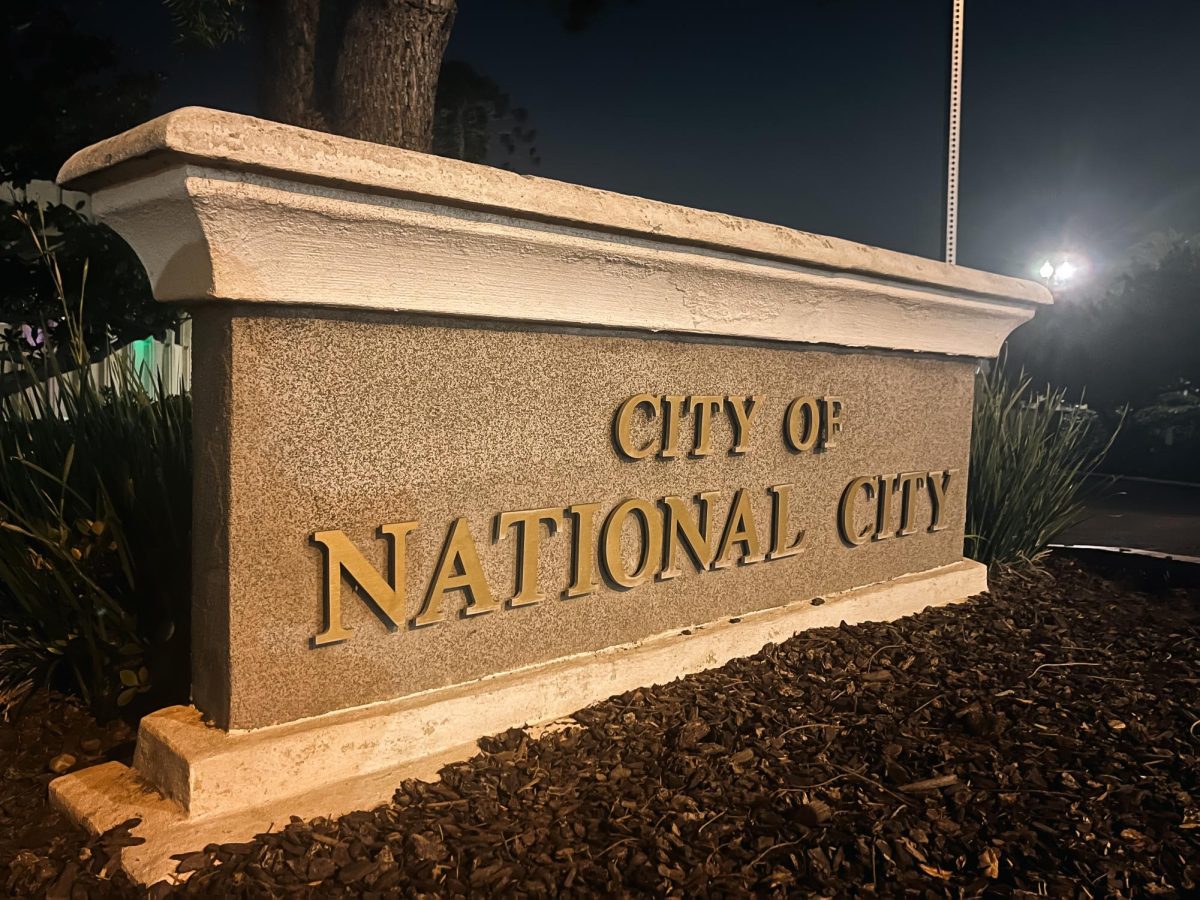As construction of the Aztec Student Union and renovation of Nasatir and Storm halls nears completion, the San Diego State Love Library is pending another type of maintenance: Seismic retrofitting because of its unsafe conditions in case of a major earthquake.
SDSU Associate Director of Design and Construction Michael Woomer said developments in seismic engineering and new seismic codes have deemed the 42-year-old building with deficiencies that need to be addressed.
“The building—when it was originally constructed—was considered to be seismically safe,” Woomer said. “This is not the way we would have done it now.”
The California State University Seismic Retrofit Priority Listings indicate Love Library is in one of its two system-wide lists; one need of “urgent attention” and the second for “special attention” buildings.
Love Library is on the first list, Priority List 1, which is for buildings that should receive seismic upgrade as soon as resources are made available. Woomer said the university requested state funding for the 2016-17 budget year.
After conducting a study and investigating retrofitting options, the estimated cost for the seismic retrofits alone resulted in approximately $3,755,000; however, the seismic retrofit is also likely to trigger other required upgrades such as plumbing, elevators and other building components, Woomer said. The total cost of the complete library renovation is estimated to be around $170 million.
“The retrofit is expensive, but probably not as expensive as it would be to build a new building,” Woomer said.
Woomer also said the foundations of Love Library needed retrofitting because the first floor was the weakest floor in the building and there wouldn’t be enough strength at the ground level to resist the seismic movements of the upper floors.
According to a 2010 report by California Watch, Love Library is among 28 CSU buildings rated level six in its seismic risk levels; level is six is a “dangerous risk to life,” and the structure would potentially collapse in a major quake. According to the same report, CSU officials have known of Love Library seismic hazards since at least 2006.
Woomer said in a less severe category of seismic event, Love Library would experience some cracking of its columns; there would be some damage to the non-structural elements, but the building would not be expected to collapse.
On Eastern Sunday in 2010, an earthquake of 7.2 magnitude—one of the largest recent quakes nearby— had its epicenter in Guadalupe Victoria, Baja California, approximately 150 miles from SDSU. The following Monday, Love Library staff blogged about its effect on the building and its insides.
“When I arrived on campus that morning, I was pleased to see it was still standing tall and not reduced to a pile of rubble” the anonymous staff personnel wrote on the Love Library blog. “It appears that Love Library escaped with nary a scratch.”
The staff said more than 60 books were damaged and many fell from top shelves on the fifth floor, but no one was hurt.







